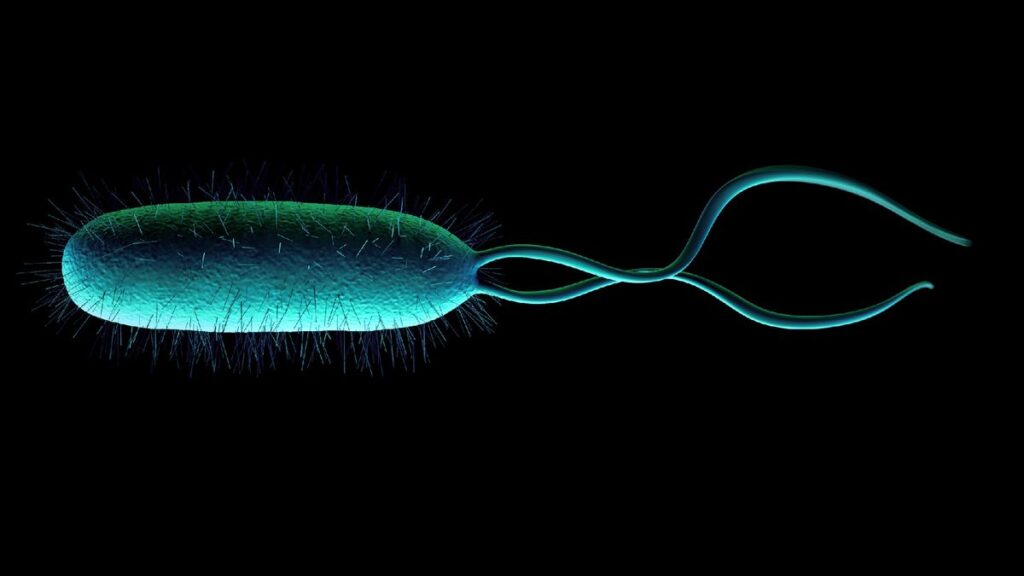
We often forget how wonderful it is that life exists, and what a special and unique phenomenon it is. As far as we know, ours is the only planet capable of supporting life, and it seems to have arisen in the form of something like today’s single-celled prokaryotic organisms.
However, scientists have not given up hope of finding what they call LUCA (Last Universal Common Ancestor, the ancestral cell from which all living things we know are descended) beyond the confines of our planet.
Related: 12 strange reasons humans haven’t found alien life yet
Where are we looking?
Since humans started dreaming about Martians, scientific understanding has changed significantly. The most recent vehicles to have traversed the Red Planet’s surface — the Perseverance and Curiosity rovers — have identified compounds and minerals that suggest its conditions may once have been habitable, but that is the extent of it.
Right now, Mars is a reddish desert landscape — attractive but dead, and certainly not home to any little green men.
Other nearby planets offer even less hope. Mercury is a scorched rock too close to the Sun, Venus’ atmosphere is dry and toxic, and the others in our solar system are either made of gas or very far from the Sun. So, apart from Mars, the search for other forms of life is focused on satellites, especially those orbiting Jupiter and Saturn.
Europa and Enceladus — moons of Jupiter and Saturn, respectively — appear to have large oceans of water under a thick crust of ice that could potentially harbour organic molecules, the building blocks for the origin of life as we know it. These would be nothing like E.T. — they would look more like the simplest terrestrial single-celled organisms.
Looking further afield, more than 5,500 planets have been detected orbiting stars other than the Sun. Only a few are considered potentially habitable and are currently being researched, but as Carl Sagan said in Contact, “the universe is a pretty big place. If it’s just us, seems like an awful waste of space.”
Looking for life in inhospitable places
Before the 1960s, the conditions on the solar system’s most promising satellites would have seemed impossible for life.
The prevailing belief until then was that life could only occur under the conditions where we saw multi-cellular organisms survive. Water, mild temperatures between 0⁰ C and 40⁰ C, pH in neutral ranges, low salinity, and sunlight or an equivalent energy source were considered essential for life.
However, in the mid-20th century, microbiologist Thomas D. Brock discovered bacteria living in the hot springs of Yellowstone National Park, where temperatures exceed 70⁰C. Though unrelated to the search for extraterrestrial life at the time, his discovery broadened its scientific possibilities.
Since then, organisms known as extremophiles have been found inhabiting a range of extreme conditions on Earth, from the cold of cracks in polar ice to the high pressures of the deep ocean. Bacteria have been found attached to small suspended particles in clouds, in extremely saline environments such as the Dead Sea, or extremely acidic ones, such as Rio Tinto. Some extremophiles are even resistant to high levels of radiation.
What was most surprising, however, was finding them inside ourselves.
Martians in your stomach
In the 1980s, two Australian doctors, Barry Marshall and Robin Warren, began studying gastroduodenal ulcers. Until then, the condition had been attributed to stress or excess gastric acid secretion, which did little to help cure the condition.
Warren was a pathologist, and having identified bacteria in gastric biopsy samples from patients, he realised that they had to be considered a cause of the disease. However, he had to fight against the dogma that microorganisms could not grow in the highly acidic environment of the human stomach.
Warren conducted his research alone until 1981, when he met Barry Marshall, a fellow of the Royal Australasian College of Physicians. He approached Marshall and asked if he would like to work alongside “that crackpot Warren who’s trying to turn gastritis into an infectious disease“.
In 2005, Barry Marshall and Robin Warren received the Nobel Prize in Physiology or Medicine for their discovery of Helicobacter pylori and its role in gastric diseases, a discovery that revolutionised the field of gastroenterology.
H. pylori has an amazing array of factors that help it survive in hostile environments, such as flagella that allow it to surf stomach fluids to get close to the stomach wall, breaking through the protective mucus layer and attaching itself to it.
Using the enzyme urease, H. pylori degrades urea in the stomach into ammonia and CO₂, creating a higher pH microclimate that allows it to reproduce. As its numbers increase, it releases exotoxins that inflame and damage gastric tissue in the stomach. This is how ulcers eventually develop, as the underlying connective tissue is exposed to the acidity of the stomach.
Their discovery showed that even tucked away in our innards — in the walls of our stomachs, subjected to vinegar-like pH levels, total darkness, the violent movements of our digestive systems, harmful enzymes and churning tides of food — life is able to resist and proliferate.
The study of extremophile micro-organisms offers the hope that on other bodies in the solar system, or on one of the 5,500 known exoplanets, even in extreme conditions, the extraordinary phenomenon of life may be present. The Martians we dream of today might look more like H. pylori than anything else.
This edited article is republished from The Conversation under a Creative Commons license. Read the original article.
